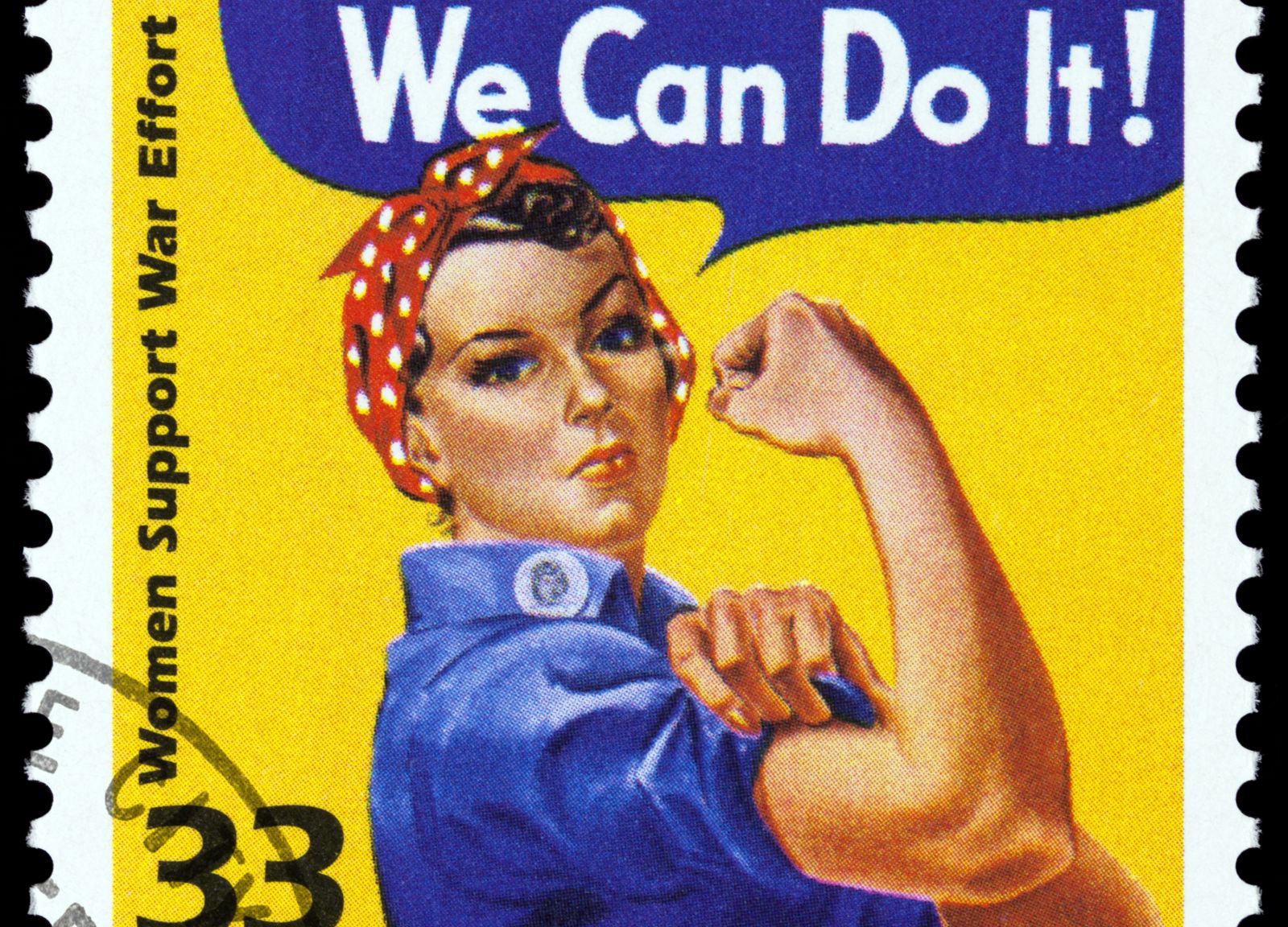
Overview
The course will consider what gender history is and explore how it relates to the history of North America “Gender” refers to the socially constructed ideas of femininity and masculinity and ideas of “gender” prescribe how a woman or a man in a particular time should act or perform and how they should look. Class and racial identities also influence such expressions of a gendered identity. Gender ideas significantly change over time and across place and are not static, and our own ideas about gender in the present should not be applied to the past. Ideas of “gender” come from and are passed down by governments, religion, social elites, popular culture, media, or parents. Drawing on examples that span North American history from the idea of Turtle Island that existed before Europeans invaded the continent to gender in the colonial era to how such identities changed through the Victorian Era, industrialization, westward expansion, two world wars and the civil rights era, the course will considers how ideas of gender are embedded in historical experiences and intersect with other kinds of identities such as race, class, location, or age.
Learning Outcomes
After completing HIST 280, students will be able to:
- Define and explain ideas of gender, femininity, masculinity, and transgenderedness
- Interpret historical changes in how North American societies constructed gender identities
- Connect broad social patterns of gender expectations with the many lived experiences of gender
- Assess current and past scholarship on the histories of gender
- Collaborate on discussions of and multimedia projects related to the gender history of North America

